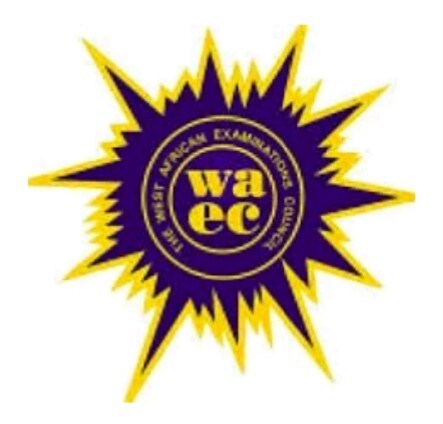Preparing for the WAEC Shorthand examination requires a thorough understanding of the syllabus and its components.
In this blog post, we will explore the aims and objectives, exam format, syllabus topics, and important notes for the Shorthand exam.
Additionally, we will provide recommendations for textbooks that can aid in your preparation.
Whether you are a student or a teacher, this guide will serve as a valuable resource to ensure you are well-equipped for success in the Shorthand examination.
WAEC Shorthand Scheme of Examination:
The Shorthand examination consists of two dictated passages, each lasting for 3 minutes. The passages will be dictated at a speed of 80 words per minute, with a 2-minute interval between them.
The syllabic intensity of the passages should be between 1.35 and 1.40.
After the dictation, candidates will be given 5 minutes to review their shorthand notes before the transcription begins.
All transcription must be done on a typewriter. The duration of the examination is 1 hour and 13 minutes, with 6 minutes for dictation, 7 minutes for intervals, and 1 hour for transcription.
WAEC Shorthand Syllabus:
The Shorthand syllabus encompasses two main areas: Business Matters and Literary Matters.
- Business Matters: This section will include passages of a business nature, such as letters, memoranda, reports, and related topics. It is essential to familiarize yourself with common business vocabulary and concepts to effectively transcribe these passages.
- Literary Matters: The second passage will be of a literary nature and should be within the candidates’ experience. It will not involve technical or controversial subjects. Developing a good grasp of literary vocabulary and comprehension will be beneficial for accurate transcription.
Notes on the Examination:
To ensure a smooth examination experience, it is important to keep the following points in mind:
- Required Materials: Candidates must bring their own typewriters, shorthand notebooks, and writing materials to the examination hall. The shorthand notes can be written using either a pen or a pencil, but they must be attached to the transcripts.
- Typing Papers: The Council will provide specially marked typing papers, and candidates must use only those supplied by the Council. It is not permissible to use any other typing paper.
- No Carbon Copies: Candidates are not allowed to make carbon copies of their transcriptions. Only the original transcript will be considered.
- Access to Passages: Shorthand readers will be given access to the passages 20 minutes before the dictation commences. This time should be used to familiarize themselves with the content and prepare mentally for the dictation.
- Dictation Procedure: A preliminary passage of 2 minutes will be dictated before the actual examination begins. This passage serves to help candidates get accustomed to the reader’s voice and should not be transcribed or considered part of the examination.
- Dictation Errors and Timekeeping: The shorthand teacher may be appointed to dictate the passages, while the invigilator must monitor the dictation process, noting any errors or deviations from the allotted time for each passage. A signed certificate indicating the actual time taken should be submitted along with the completed scripts.
- Return of Passages: After the dictation, the reader should leave the examination hall immediately, taking the shorthand passages with them. The passages should be returned to the Council or an official representative of the Council. Under no circumstances should the passages be left with the invigilator or supervisor.
Recommended Texts:
To enhance your understanding and proficiency in Shorthand, the following textbooks are recommended:
- First Course – Pitman
- First Course Review – Pitman 2000
- Pitman 2000 Phrase Book
- First Dictionary – Pitman 2000 Shorthand
- 700 Common Words – Pitman 2000
- Office Skills Magazines
- Journals
- Speed Development – Pitman 2000 by Bryan Coombs
- Speed Builder – Bryan Coombs
Conclusion
Studying the WAEC Shorthand syllabus and familiarizing yourself with the examination format is crucial for exam preparation.
This blog post has provided you with an overview of the syllabus, exam scheme, important notes, and recommended textbooks to help you excel in the Shorthand examination.
By adhering to the guidelines and dedicating ample time to practice, you can increase your chances of achieving success in this subject.
Remember, the Shorthand syllabus is your roadmap to effective exam preparation, so make the most of it and maximize your productivity in your studies.






